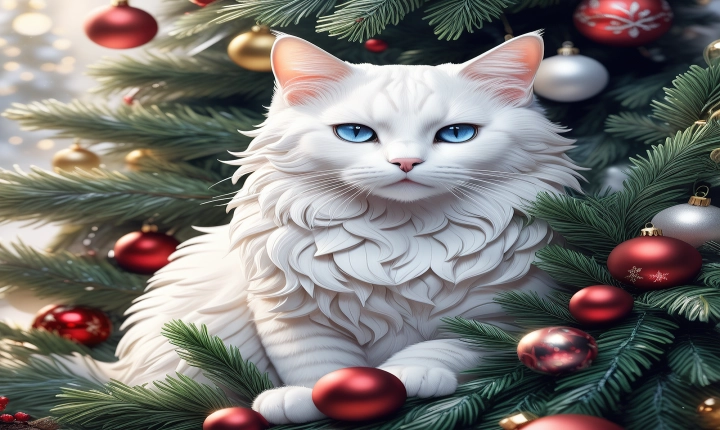Title: Exploring the World of AI Art: What Tools and Techniques Are People Using?
In recent years, the art world has witnessed a surge in the use of artificial intelligence (AI) as a tool for creating captivating and thought-provoking artworks. From generating digital paintings to producing mesmerizing visual effects, AI has opened up new possibilities for artists and creators. But what exactly are people using to harness the power of AI in their artistic endeavors? Let’s delve into the world of AI art and explore the tools and techniques that are shaping this innovative artistic landscape.
Generative Adversarial Networks (GANs) have emerged as a popular choice for creating AI-generated art. GANs consist of two neural networks – a generator and a discriminator – that work in tandem to produce images that are strikingly realistic. Artists and researchers have been leveraging GANs to produce visually stunning artworks, ranging from abstract compositions to surreal landscapes. By training these networks on vast datasets of artwork, photographs, or other visual content, creators can explore the boundaries of creativity and generate unique, AI-generated pieces.
Another prominent tool in the realm of AI art is style transfer, a technique that enables artists to apply the visual characteristics of one image or artistic style to another. Using deep neural networks, artists can seamlessly blend different visual styles, producing captivating and innovative compositions. By transferring the style of renowned artists or iconic artworks onto their own creations, artists can explore new aesthetic possibilities and redefine traditional artistic expression.
Furthermore, there is a growing interest in utilizing reinforcement learning algorithms to enable AI systems to autonomously create art. By providing reinforcement signals based on aesthetic or emotional feedback, artists can guide the learning process of AI systems, allowing them to develop their artistic capabilities and produce original, evocative artworks. This approach not only showcases the potential for AI to actively engage in the creative process but also raises questions about the nature of authorship and artistic collaboration in the digital age.
In addition to these technical tools and techniques, AI art platforms and software applications have been instrumental in democratizing the creation of AI-generated art. These platforms provide accessible interfaces and user-friendly tools that enable creators from diverse backgrounds to experiment with AI-driven art creation. By offering a range of features such as style transfer filters, neural network-based art generators, and interactive AI-powered tools, these platforms empower artists to explore the intersection of technology and creativity.
Moreover, AI art is not limited to digital mediums; it has also made its mark in physical art forms through the utilization of robotic systems and 3D printing technologies. Artists and engineers have developed robotic systems that can autonomously create intricate drawings and paintings, blurring the boundaries between human and machine creativity. Additionally, 3D printing techniques have been employed to bring AI-generated sculptures and spatial compositions to life, offering a fascinating fusion of digital and physical artistry.
As AI continues to advance and evolve, the possibilities for AI art are bound to expand, offering new avenues for creative expression and innovation. This burgeoning field not only challenges traditional notions of art creation but also invites us to contemplate the evolving relationship between AI and human creativity. As artists, technologists, and enthusiasts continue to explore the frontiers of AI art, it’s certain that we will witness the emergence of new tools, techniques, and artistic paradigms that further redefine the boundaries of creativity and imagination.
